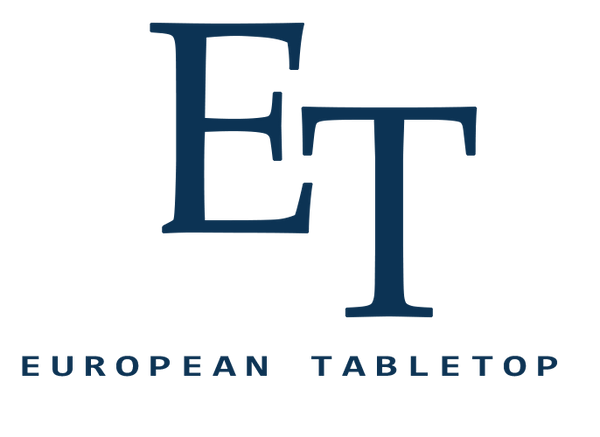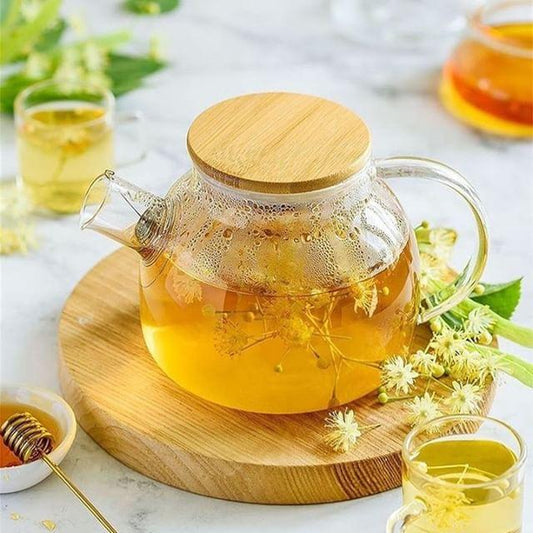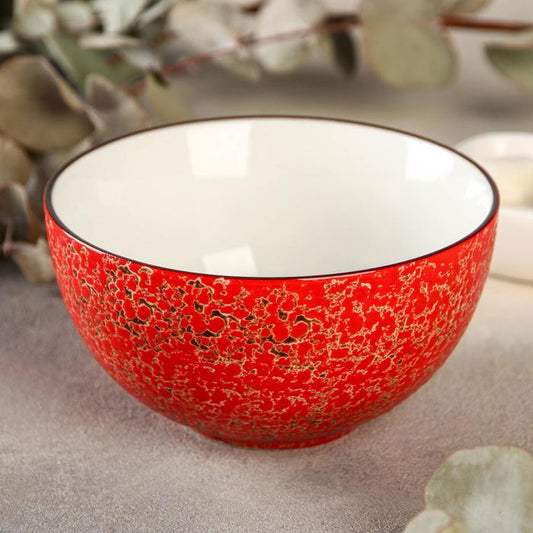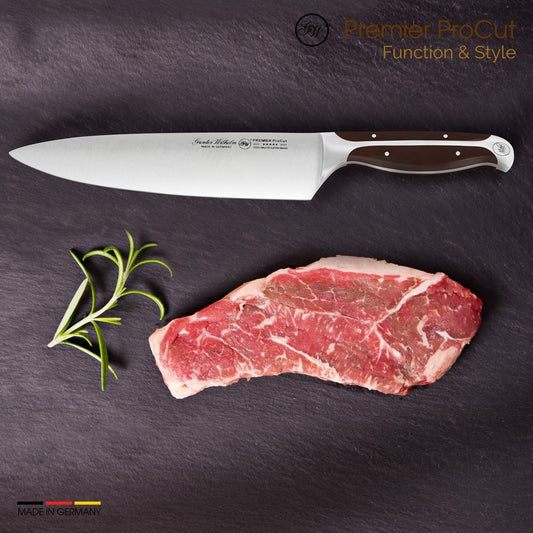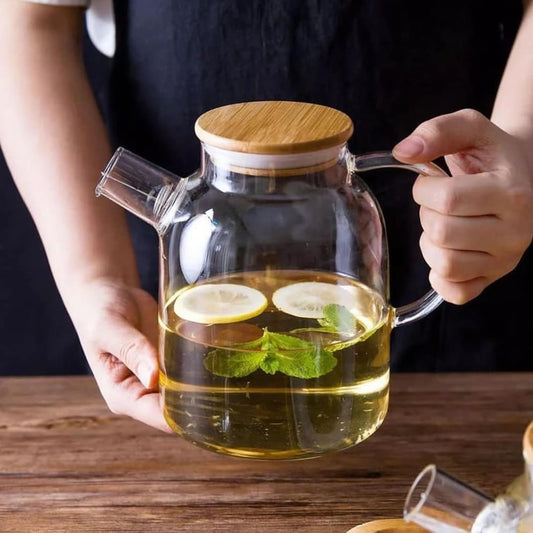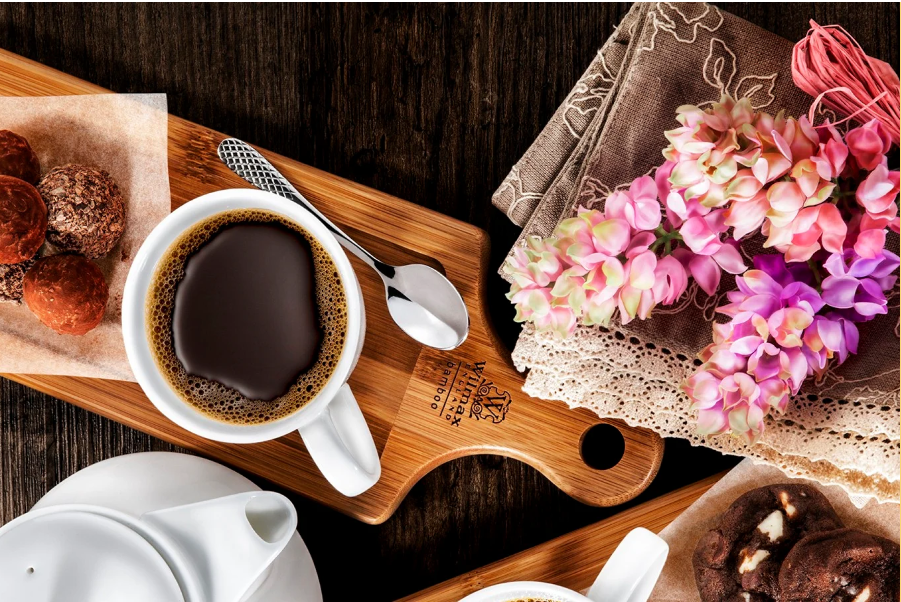What is a Charcuterie Board? And how to make your Charcuterie pop?

First things first,
How is Charcuterie Pronounced? (Charcuterie Pronunciation)
If you are wondering how to pronounce charcuterie, you are not alone on this, lots of people want to know how to properly “say” charcuterie? It’s pronounced “shahr-kyu-tuh-ree.”
Picking the Perfect Charcuterie Board
If you have ever watched a cooking show, or frequented a fine restaurant, you know how important presentation can be to the overall culinary experience. We always eat with our eyes first. If you want to up your charcuterie / cheese presentation game, then picking the right charcuterie board is a must. Think of the charcuterie board as the canvas on which select cheeses, dried fruits, crackers and jams all can be blended in delicious combinations to please the senses.
We call it the 3 S of charcuterie:
-
Size
- Let the occasion and the variety of treats, dictate what size board you use. If you have a couple of cheese selections and a few crackers you can get away with a relatively small board (12 x 8). For a party with a variety of cheeses, fruit etc., a larger / long board will greatly improve your presentation and functionality.
- As a general rule of thump always leave about 1”-2” of room around the board for presentation and handling of your charcuterie board
-
Shape
- When choosing shape of your charcuterie board let your artistic self and your imagination do the talking. Most boards will be either squares/rectangle or round/oval, and either one will do just fine.
- Trying to stay away from irregular shapes would make it easier for setting up the table presentation as well storage of the boards after use. It would also allow you to add other things to the table that might be needed, like cups, plates, bowls, etc.
- For some people having a handle on a board makes it a little easier to handle it, while looking for handles on your boards you generally have 2 different style (cut through handle and traditional paddle handle) and its usually a personal preference.
-
Style
- When talking about a style of charcuterie board we are talking about just design and look, but also about type of wood best used for presentation.
-
When choosing the wood few things need to be considered.
- Type of wood is important since charcuterie board is an investment and one needs to consider how long it will last, and what it will look like in the next few years.
- Color seems to be the number one factor when people chose the style of charcuterie boards. In general, your presentation would look better in contrast with the wood. So, when choosing a board keep that mind. Darker wood would look better with liter food precented and vise versa.
- Grain is a factor that many people overlook when choosing that perfect charcuterie board. If you can only have one, then your best bet would be choosing a board with visible grain. It could be Bamboo or Acacia or even walnut but try to stay away from flat looking monotone wood.
- Last but not least, is chose the style that speaks to you and fits your décor. Charcuterie has to work with what you are presenting and if something doesn’t work with your style no matter how great of a board it is, you will not use it.
What is a Charcuterie and how to make a Board?
Charcuterie is the art of preparing and assembling cured meats and other meat products. But, many people use the term charcuterie to refer to an assortment of meats that are paired with different accompaniments, such as toast, fruit, cheese, and sauces. If you want to offer charcuterie on your menu, there are a handful of basics to understand first, from identifying some of the most popular types of charcuterie, to what makes a really impressive completed board.
Elegantly simple, yet culinarily sophisticated. Filled with meat, bread, spreads, fruit, and other components, a charcuterie board offers you the opportunity to be creative in your choice of ingredients as well as with presentation.
Learning how to make a charcuterie board at home will make you want to explore this culinary masterpiece even more.
Building a charcuterie board is exciting, from selecting your favorite meats and cheeses, to fresh and dried fruits, nuts, crackers and more. It’s all about umami and balance. Making sure that your ingredients are high quality and complement one another while also being able to stand alone on their own.
Often served as an appetizer or as a light meal for a casual gathering, a charcuterie board begins with selecting a range of ingredients. The term charcuterie is a French term for a shop that sells preserved pork products. That is the main reason why cured meats, like salami, chorizo, and prosciutto, are a central part of the modern presentation.
Cheese is a natural accompaniment to the salty, savory taste of cured meats. You can go with a hard option like manchego or cheddar and add a soft, spreadable choice like brie or cream cheese.
What takes a charcuterie board to the next level are the additional components that expand the texture and flavor options. Think sweet, briny, spreadable, fresh. Each component adds another possible combination, texture, or flavor to the mix. Let’s learn how to assemble a charcuterie platter.
Tips for Creating a Charcuterie Board
What is typically on a charcuterie plate?
You can customize your charcuterie board however you like, however typically it will include the following:
- Cured meats
- Various cheeses – Nice cheeses and meats are generally on the pricier side. With that said, it feeds A LOT of people.
- Olives and Nuts
- Fruit
- Dried Fruits
- Crackers or small slices of bread
- Jelly or Jam
When selecting your favorite ingredients, always remember to look for a balance in flavor. You can reach this balance by incorporating bitter ingredients (such as some of the charcuterie and cheeses) and sweet ingredients (such as fruits, jellies or chutneys).
Also look for a balance in textures: include hard cheeses and soft cheeses.
When assembling the board, start from the center. This will help you create a beautiful structure. Add containers for some of the elements; this will create additional shapes.
Always remember to add bread or crackers (you can include different types).
Remember to add at least one knife for each type of cheese.
Be creative with the ingredients. Besides the charcuterie and cheeses that are often included in boards, feel free to add dried fruits, fresh fruits, olives, and other elements that can add flavors and variety.
Fresh Rosemary and thyme looks great as some added greenery to your board. It smells good too. The more eye catching charcuterie boards usually have some Rosemary springs around my board and even edible flowers like Calendula Flowers or Nasturtium.
Is Charcuterie French or Italian?
The word originated in France, and it translates to “pork-butcher shop.” While the original French translation refers to pork, modern charcuterie boards can include other types of food, such as duck, goose, chicken, cheese, toast, fruit, or other options. And yes you absolutely CAN make a vegetarian charcuterie board.
Share:
